Alan Johnson summed it up: "The problem is simple: we eat too much and we do too little exercise," said the secretary of state at the Department of Health. "The solution is more complex. From the nature of the food we eat, to the way our children lead their lives, it is harder to avoid obesity in the modern environment."
But while the government appeared to be looking at obesity in a more holistic way, as Johnson announced the launch of a £372m new programme last week, the onus on the food and drink industry still appears to be great.
Inevitably, a lot of attention will surround the government's call for the industry to agree on a 'single, simple and effective' food-labelling scheme. With the two camps still apparently at loggerheads - backing traffic lights, in one corner, and Guideline Daily Amounts (GDAs) in the other - the government has threatened to legislate.
What's at stake is more than just pride, of course. According to the BRC, changing the labelling on just one product will cost £1,000. With tens of thousands of products, switching to a new system, be it traffic lights or GDAs, will cost "many millions of pounds".
"This is not something that can happen overnight," says Andrew Opie, the food policy director at the BRC. "There is a strong case for a regulatory impact statement to get to the bottom of how much it will cost the industry and whether the costs involved can be justified."
And the proponents are reluctant to change a formula that's working. Tesco, which uses front-of-pack GDAs on 20,000 products, says GDAs "are changing eating habits for the better so we cannot agree to an unproven FSA scheme, which can only be used on a much narrower range of products." Waitrose, Sainsbury's and others in support of traffic lights are likely to be similarly defensive.
But while controversy is bound to surround the labelling proposals, this week's pronouncements from the EU, which prohibit the mandatory use of the FSA's "over-simplified" traffic lights (see p4), suggest the battlefront is about to move elsewhere.
The new Code of Conduct drawn up by the DoH is vague, reflecting the fact that it was reportedly still being written hours prior to the launch. And a number of the initiatives look like a rehash of old initiatives (see box). There are those, too, who question whether a code of conduct is even the answer to the growing obesity crisis. "Most of the points in the code are completely useless," says one food industry analyst. "There are vague statements of intent, but it is hard to see what they mean, how they could be enforced or what good they would do. This just smacks of the government wanting to be seen to be doing something. It is not going to solve the crisis."
Some of the initiatives are new, however, in particular the call for labelling on foods eaten out-of-home. But perhaps the most intriguing prospect surrounds the code's call for 'smaller portion sizes for energy-dense and salty foods'.
One of the ironies of the use of a 100g measure on which food is scored is that it has discouraged smaller portions. In fact, with Big Eat packs of Walkers crisps and king-size Mars bars, there are those who suggest it has actively encouraged supersize ones.
Julian Hunt, communications director at the Food & Drink Federation, believes supersized products are few and far between, and argues that a greater proportion of time and money has been spent on smaller portion products. "Mars has become the bête noire. But no-one talks about its 99-calorie bars, sharing packs, treat-size multibags, and so on," he says.
It now looks certain that the focus will switch to definitions of what is a portion size. The breakfast cereal industry has repeatedly called, in the past, for nutritional measurement to be based on portions. To no avail. But Chris Wermann, corporate affairs director of Kellogg UK - one of the first companies to hold talks with the DoH earlier this month - says work is ongoing to define guideline serving amounts. "What is a portion size? The question has vexed the industry for a long time. But it's great to be in partnership with the government. If we can start off on the same page, and get the right people in the room, there's no reason why we can't agree a basis for standard portion sizes."
The FSA will shortly publish a 'programme of work' inspired by the code, while the FSA's long-awaited satfat and energy document, delayed by its work for the new Cabinet, is expected shortly. It will also be lining up a series of discussions on how the new code may be implemented. nseven-point code
What the government wants from the industry and where the initiatives are up to
Single, simple and effective approach to food labelling used by the whole industry - mandatory use of traffic lights now looks impossible but don't rule out a 'best of both worlds' approach
Smaller portion sizes for energy-dense and salty foods - the use of a 100g measurement has discouraged manufacturers from producing smaller portion sizes but work is beginning on guideline serving amounts
Reduce exposure of children to the promotion of foods high in fat, salt or sugar
- Ofcom's TV legislation is in the bag. This looks like an attempt to kickstart an old initiative around best practice in the use of PoS, websites, packaging, etc.
Reduce consumption of satfat and sugar in food - we're still awaiting FSA's report
Increase consumption of healthy foods, particularly fruit and veg - Retailers have pushed 5-a-day, while manufacturers are now 'hiding' vegetables in products. Hard to say what further ideas Primarolo has in mind
All food businesses to work with FSA and Department of Health on a single set of key healthy-eating messages - a watered-down reinvention of lapsed social marketing unit
Clear, simple labels on foods in fast food and tourist outlets from chippies to 3-star restaurants - this task is as tall and wide as it is unformulated


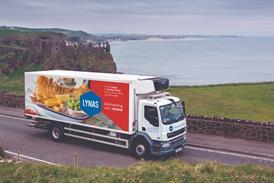

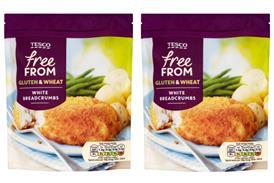

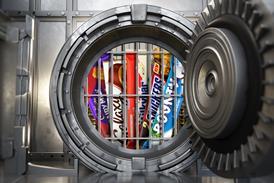




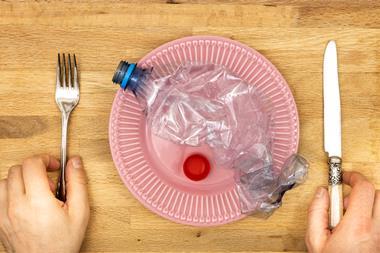





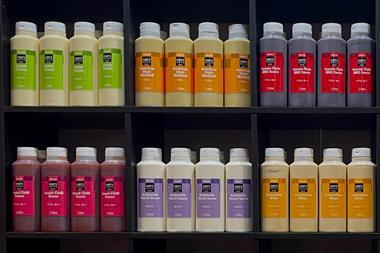
No comments yet